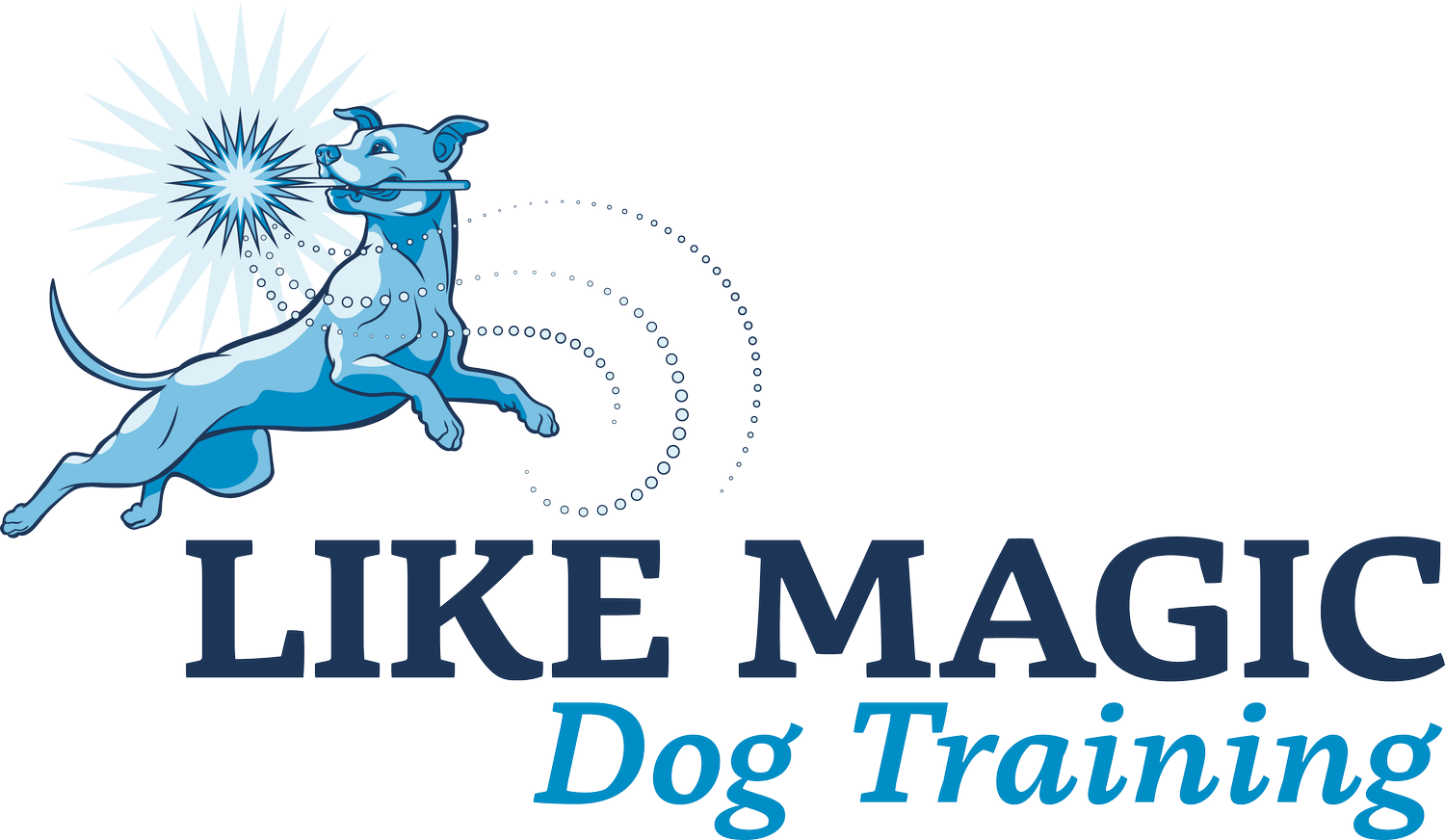Decompression
“I go to nature to be soothed and healed, and to have my senses put in order”
It was an exciting week - picking back up with clients now that businesses are opening back up, and seeing my friends, the pups, that I’ve missed so much. As I navigate my own next steps, this week felt like a welcome break - enhanced by the fact that many of my clients converted all or some of their outstanding services into Decompression Walks.
So what is a Decompression Walk, anyway? It’s become a popular term in the dog world and I’m seeing more and more out there about it. Decompression Walks are opportunities, in my opinion, to specifically remove stressors from your dog (and yourself!). We ask a lot of our dogs, and walking nicely in the neighborhood on leash, training, playing enrichment games, and behaving appropriately in the house are all important, fulfilling, and vital parts of dogs and humans co-existing, it doesn’t leave a whole lot of room for your dog to expend their energy just…being a dog. Decompression Walks are walks intentionally chosen in little-used areas of wilderness where your dog can be on a long line - or off leash - and do whatever they choose.
Where do you find these magical places? For a lot of folks, after talking about this on a Quarantine and Our Dogs chat, they share spaces with friends, creating a quiet social black market of isolated spots. For me, I get curious. I pull up Google Maps, look around my area, and investigate the green spaces. I check on All Trails for the “lightly trafficked” hikes, or look up park locations I don’t know. I look at the website for the Department of Natural Resources, county Parks and Recreation, and see what new places I can find. There are folders on my computer devoted to PDFs of maps I have or have meant to check out.
And it’s not enough that it’s lightly trafficked. No, the best decompression spots are not only lightly trafficked, but highly visible, with wide pathways that don’t wind and leave plenty of room for hopping off the path. They include fields or meadows, or forests with old enough growth that seeing through the trees is easy. It’s a tall order.
Once I have a space, I want a dog ready to go on a hike. This dog would ideally know a few cues - though I don’t ask for much during a Decompression Walk, and it’s decidedly not a training session, I might take the opportunity to practice recalls, or simply reward check-ins. I like a dog with some natural impulse control, or a strong “leave it” cue. And I love a dog who knows how to change pace - paying attention to my actions over the last week led me to realize that “easy” was the most used cue I asked for over the course of my walks.
Showing up to the walk itself, though, is decompression for me as much as it is for the dog. In an environment where we are supposed to do everything - entrepreneurship, career, household, spouse, parenthood - the woods are a welcome retreat. I’ve had such joy watching how dogs react, and watched me react with them. Some just wandered, taking in the sights and smells as they went. Others busily moved from one thing to the next, happily inspecting every rock and tree. Still others seemed overwhelmed with their good fortune, prancing and dancing around me in circles until they settled on a particular scent or track they wanted to follow.
For me, I just enjoyed the happiness of the dog in front of me, the sunshine on my shoulders, the chirping of birds and the quiet, and the crisp smell of a springtime forest.

